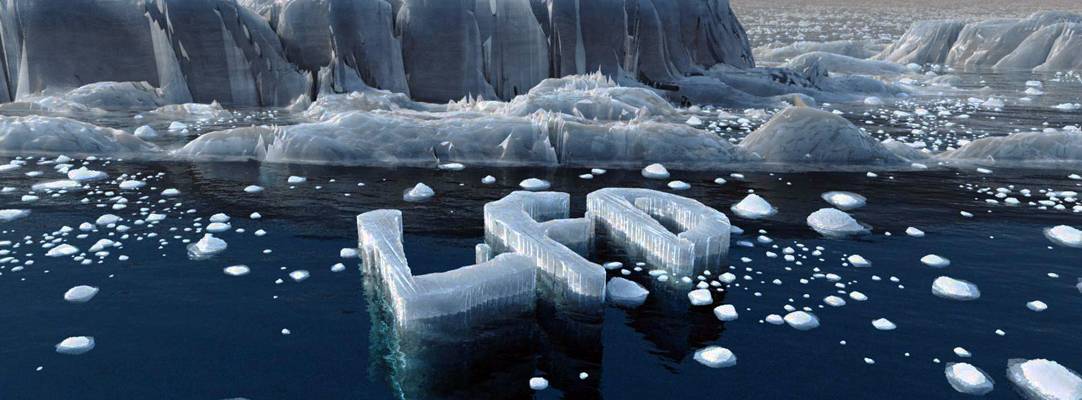Fay Juggles with Causal Sets
Our bare-headed brainbox Jim Al’Kahili sets aside his crystal-clear explanations of physics once a week to become an interviewer for The Life Scientific on BBC radio. I’ve been digging back into the archives to hear those I have missed and this time I found one about Causal Sets.
Page Contents
Things to Note
Although jargon can obscure straightforward concepts it’s impractical not to compress big ideas into small phrases, so it’s worthwhile to learn a few of them.
First of all, it should be said that this is a hypothesis, not a proven fact. I didn’t make this clear in earlier iterations of the article because it made such good sense I accepted the idea straight away.
Causal Sets
This title is just a shorthand way of saying that spacetime is granular and is made up of discrete elements that support cause and effect i.e. an event occurs in one spacetime element and this might cause a chain reaction of events rippling outward through surrounding elements just as we expect them to do on the human scale like a stone makes ripples in a pond. An event in one spacetime point propagates to another sequentially.

Causal Sets are used in theories that describe quantum gravity – a field of theoretical physics that is attempting to explain gravity as a consequence of quantum mechanics.
Fay Dowker’s interview was particularly interesting – she is attempting to extend the Causal Set Theory using discrete spacetime points. If her work proves to be correct we will learn about time and gravity and make a bridge with quantum theory.
A Quick Description
Here is a short description I cooked up for people with no time to lose:
As I understand it, Fay links the laws of thermodynamics to black holes and describes their entropy as the sum of Planck-length granular spacetime points on the event horizon. The equations of gravity can be derived from the granularity of spacetime and may be a consequence of it.
A Longer Description
The first description is very compact, so you’d have to have prior knowledge and good concentration to pick it apart. Here is a slightly less compact description you can tackle in stages.
- The 2nd law of thermodynamics cannot be violated (entropy increases).
- Black holes are described by thermodynamics.
- Black holes have heat and entropy.
- The entropy of a black hole increases as material falls into it.
- The entropy of a black hole is the sum of Planck-length granular spacetime points on the event horizon (hypothesis).
- There is a causal relationship between each of the spacetime points (an event in one spacetime point propagates to another sequentially).
- The equations of gravity can be derived from the granularity of spacetime.
- Gravity may be a consequence of it the granularity of spacetime.
In Her Own Words
Thanks, Fay. I followed you right up to when you said ‘simply’.
As well as the following video you can find a PDF file created by Fay (click here). It explores some foundational and conceptual issues within the Causal Set Theory.
Time and Causality
There is no absolute time, the ‘speed of time’ varies from location to location. This sounds like a mystery when we are used to considering time as a measurement that exists in its own right. The first step to a better understanding is to instead consider it to be a measurement related to all physical processes that are happening around you (the causality referenced by Fay).
The simplest illustration of how time manifests itself is to consider the most fundamental fragments of energy on the same scale as individual photons. In the presence of significant acceleration, physical processes occurring at the smallest scales take longer to traverse a given distance in the direction of travel because the end-point is travelling away from the signal (energy quanta) being exchanged. This extended travel time is the same thing as reading a slower local time.
Since all that we experience is built upon these smallest of particles a person in a location travelling at high velocity would not be aware of the relative slowing of the physical processes in his/her location. There will be no difference between a physical process that takes slightly longer to complete in one location than in another. The perception of the speed of the process is also part of the altered execution speed.
This is the difference between the normal concept of time and the Speed Of Causality version of time. This makes it easy to understand why there is no global clock. Time is embedded in quantum scale physics. Time is defined by signals travelling at the speed of light and is slowed when the local frame of reference is travelling at speeds approaching the speed of light.
Causal Sets and the Big Bang
The big bang is often described as a point source of zero volume. If you take this starting point you’ll soon end up with a mathematical infinity produced by the zero. This notion is based on General Relativity which does not correctly represent physics at the quantum level.
If Fay is correct, the smallest size the universe could be would be a single spacetime point, not a zero-sized singularity of infinite density.
Side Issue 1 – If there can be one universe with its own space and time then there can be others.
Side Issue 2 – It would be a neat explanation if the net energy of the universe turned out to be zero. That would remove the need for it to have come from anywhere, it wouldn’t be anything more than a localised aberration.
Disclaimer
Care has been taken to keep the information in this article as accurate as possible but errors are possible, so be aware of the full disclaimer here.
